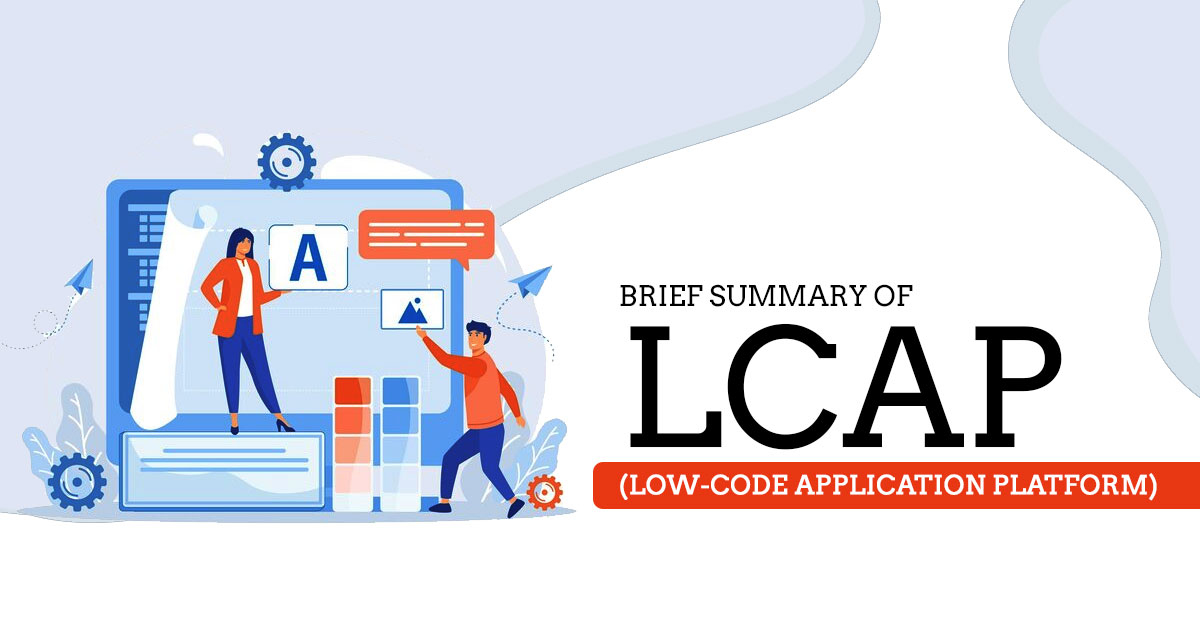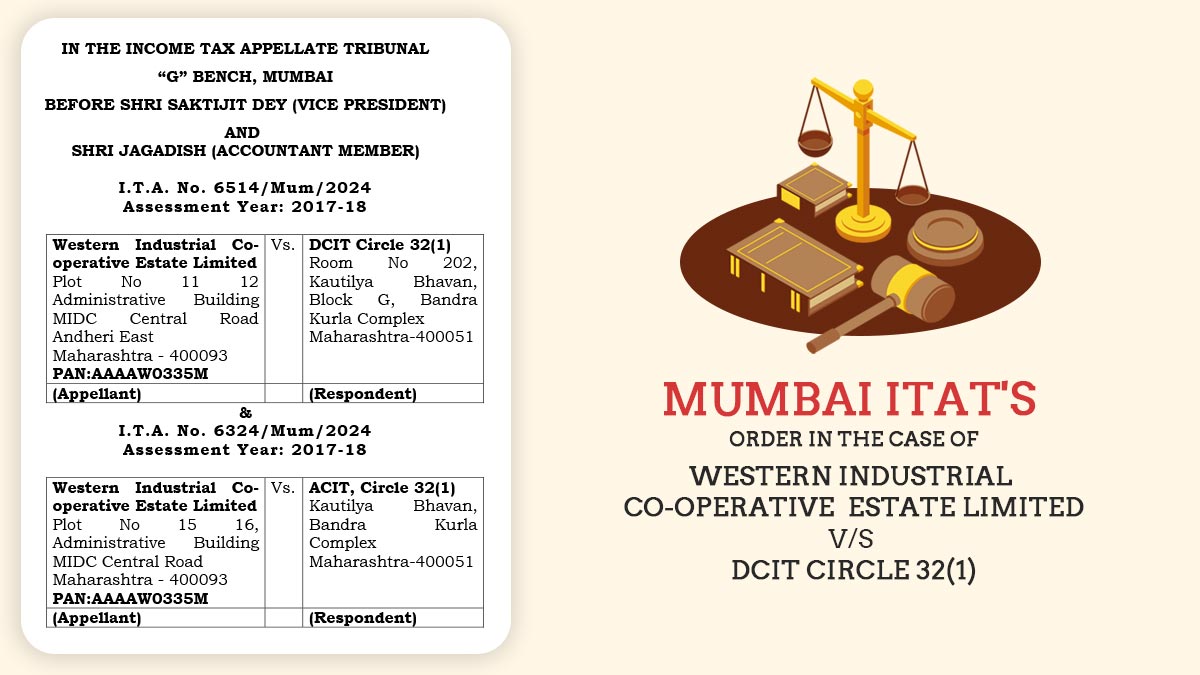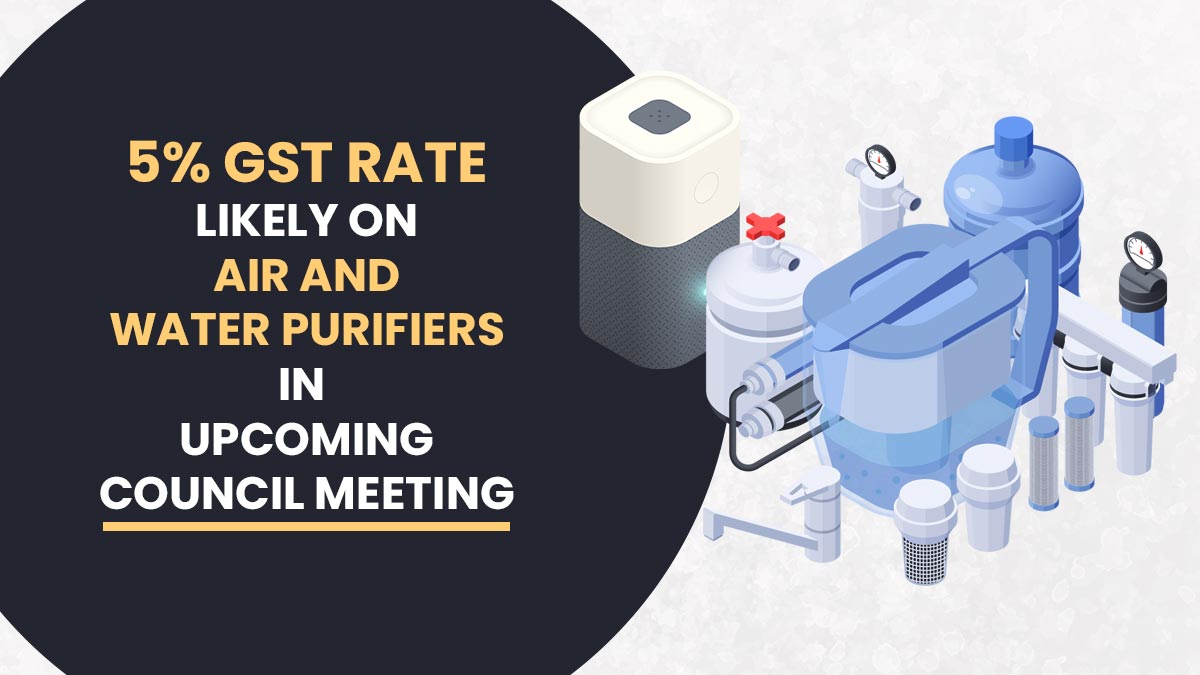
A Low code application platform (lcap) comprises the functioning of developing software applications quicker and simpler without any issues/errors as in traditional coding methods. The developers are able to build low-code applications through the utilization of visual software development that has the feature of drag-and-drop components.
Skilled developers may generate programs and apps faster compared to the traditional hand-coding approaches using low-code application platforms (LCAP). Another disruptive use case for low code is allowing business users to design apps despite having no prior coding skills.
Low-code application platforms (lcap) employ a variety of architectural approaches that differ from typical development platforms. One example is the usage of a drag-and-drop interface, which allows them to decrease the amount of code that must be manually entered in favor of utilizing pre-built modules and ready-to-use APIs to interconnect these modules.
Low-code application platforms also use agile application development, a software development paradigm that emphasizes fast creation and immediate feedback over lengthy planning and testing stages. The agile technique allows development teams to work fast on new components and deliver the prototype to the end user without having to focus on producing a full product. Similar to waterfall models, agile methodologies allow for quick development cycles without the need to concentrate on creating a finished product every time.
This market research report described the current level and the future prospects of the Low-Code Application Platforms (lcap) Market from 2023 to 2030. The same report comprises 103 pages. The Low-Code Application Platforms (LCAP) market is desired to grow annually by 10.8% (CAGR 2023 – 2030).
An application platform known as an Enterprise Low-Code Application Platform is used to quickly build and deploy customized applications by abstracting, reducing, or even doing away with the requirement for coding during development. Low-code capabilities (such as a model-driven or graphical programming technique with scripting) to construct a whole application are the bare minimum needed for an LCAP. assistance with the creation of applications that include user interfaces, business logic, workflow, and data services; streamlined application administration, deployment, and testing.
Understand LCAP in a Sense of Every Single Character
Low-code means, as its name suggests, using very little coding through a low-code development platform. It is very useful for building and running certain functions.
Applications are developed to solve issues and ease workflow. In our private lives, we are in touch with applications to check weather conditions, consume informative content, make plans, and book trips. At corporate offices, some applications are widely in use today to carry out different types of tasks, such as preventative maintenance checklists, safety inspection forms, and step-by-step equipment installation guides.
The platform is a comprehensive technology that allows you to build and utilize applications. You can take some examples for better understanding, like how Microsoft Office is a platform in which there are so many useful applications such as Excel, Word, and PowerPoint. Such a low-code platform for specific purposes makes so many tasks easy for you. These tasks may include creating work orders or checklists, how-to documents, or data sheets from inspections and audits, incidents and disasters, installation and maintenance, accounting, and supply chain management.
There are various LCAP-esque options available that are known by different acronyms. High-productivity application platform as a service (HPAPaaS) and rapid mobile application development (RMAD) are two of the multitudes. In the end, these solutions are interrelated and share some similarities. However, lcap excels in its low-code development platform, which reduces the time needed to create and build some useful and robust applications
All Advantages of Low-code Application Platforms
Application development may be done with little to no coding thanks to low-code/no-code development. This implies that ordinary programming tasks can be completed with just a little drag and drop. Little to no code is required to extend pre-built objects. Low-code BI solutions dramatically increase the effectiveness of development.
Improved Time To Market
A comprehensive ecosystem of intuitive visual builders, ready-to-use code snippets, form and report templates, and built-in connections aids in the rapid development of applications.
Cost Savings
The low-code needs lesser expertise in programming and as your application would exist in the cloud, you are then unable to save much more expenses such as server tracking and maintenance.
Positive Customer Experience
A low-code platform, such as Creator, allows for fast adaptation to market changes and client demands. Gather stakeholder feedback, make changes, correct errors, and update your apps in real time.
Providing Reliable Security
Low-code platforms comply with the norms of the industry in order to ensure higher availability. They furnish the features of security such as audit logs, user-access control, and automated threat assessments.
5 Types of Low-code Application Platforms (LCAP)
There is a difference between each and every low-code application development platform. As per the requirement, certain kinds of low-code platforms shall be effectively relevant to your use case over the other low-code application development platforms.
Below mentioned are the 5 kinds of low-code app development platforms.
Low-code Platforms for General Purposes
A general-purpose low-code app development platform will be sufficient for the majority of users. It has the ability to develop a variety of mobile and web applications. Although it can produce a wide range of apps, it lacks several specialized features that other low-code app creation platforms can offer.
Creating database apps, managing portfolios, managing application life cycles, facilitating workflow automation, and enhancing collaboration are all possible with general-purpose low-code app development.
Related: How Does No-code App Development Builder Work?
Applications based on low-code Platforms
Low-code app platform operations would have been concerned with the functioning of the rectification and workflow automation. The same platforms would be used to direct the coordination and collaboration between the staff and the client. The same shall assist with the functioning and workflow automation and collaboration in business management.
But the functioning of the applications shall work effectively, they do not make for the generalized role in which they would be used in the company applications.
Platforms for low-code databases
Platforms for database low-code app development are intended to assist business users in creating and maintaining relational databases. They provide businesses with a wonderful substitute for time-consuming spreadsheets. However, they aren’t especially well adapted for teamwork among several users of the same program.
Platforms that handle low-code Requests
Request-handling low-code application development platforms, as the name implies, manage the acceptance, processing, and handling of requests. These systems require less configuration than general-purpose platforms, although they do necessitate particular adaptations.
Low-code Mobile Application Platforms
Mobile low-code application development platforms enable the creation of cross-platform mobile applications without the use of time-consuming development techniques. They aren’t well adapted to automation or other skills.
Latest Trends in Low-code App Development
Organizations’ transition to low-code app development has been nothing short of enormous, and it isn’t due to a placebo effect. Moving to low code has real-world documented benefits.
One of the primary causes of the significant trend toward low-code app development is a scarcity of suitably qualified resources to recruit. Skill gaps are an issue for 52% of IT leaders, and low-code app development has helped bridge the gap by allowing existing staff to learn new skills without having to change job responsibilities.
In terms of job positions, 55% of hiring managers said low-code app development platforms have decreased the need to retrain their employees for changing tasks, instead offering a platform for them to grow their abilities in a secure and risk-free environment.
And these figures will continue to rise. You’re likely to see more and more businesses use low-code app development in the future to solve their IT and productivity problems. Low code, however, is not the final answer. To keep businesses satisfied with their desire for more in-house software, various app development platforms and technologies are on the horizon. One of them is no-code app development, where business users won’t need to rely on code at all for any functionality they need.
SDMT LCAP/LCNC Platform
The SDMT LCAP/LCNC Platform is a progressive LCAP/LCNC solution that is currently being implemented in stages. It is primarily constructed using Java and Angular, incorporating practical features such as IDE, frameworks, and development tools. SDMT’s low-code no-code development platform offers an array of in-house developed tools, utilities, and APIs, which can be utilized individually. This platform embraces the groundbreaking concept of Low-Code No-Code Development (LCNC), enabling the creation of software applications with minimal or no traditional programming. By employing intuitive interfaces and drag-and-drop functionality, LCNC empowers users to visually construct applications, reducing the reliance on manual coding. This approach not only democratizes software development for non-technical users but also enhances the productivity of seasoned developers.
FAQs About LCAP and Its Working Process
Q.1 – What Actually Is an LCAP (Low-Code Application Platform)?
LCAP (Low-Code Application Platform) is a platform for creating software and applications without using advanced coding skills. It makes use of visual interfaces and pre-built elements on the platform.
Q.2 – What Are the Advantages of Using Low-Code Platforms?
Low-code application platforms make it possible for companies to create desired and powerful software and apps without the requirement for in-depth coding expertise. Even a non-IT person can do this with just basic skills. Additionally, they make the process of development facile and allow for easy application iteration and modification.
Q.3 – How Does an LCAP Function?
Drag-and-drop interfaces, pre-built useful elements, and templates are used by LCAPs to simplify the application development process. The practitioners can use these pre-built elements as per their desired objectives like forms, tables, and widgets and then they can organise them on the platform to get an efficient application of the software. The platform then generates the application’s foundational code for the further development process.
Q.4 – Who Can Use an LCAP?
LCAPs can be used by companies of all sizes, but small companies that lack the budget to hire talented and expensive IT employees or those seeking to quickly create and implement unique applications should keep the cost within their budget. Low-code application platforms can be used to create a vast array of applications, from straightforward online forms to intricate business apps.
Q.5 – What Types of Applications Do Low-Code Application Platforms Build?
LCAPs are capable of creating various types of applications, including web applications, mobile applications, and enterprise applications, and can also integrate with other systems.
Q.6 – How Much Coding Knowledge Is Required to Use LCAPs?
With the use of LCAPs, one can develop any type of application. For this, he does not need to have advanced knowledge of coding. Anyone with a basic understanding of coding can build apps.
Q.7 – What Is the Cost of LCAPs?
It completely depends on the service provider and the particular features offered by the LCAP developers. While some charge a monthly or annual subscription fee, others offer a free trial or a freemium version of the platform.








